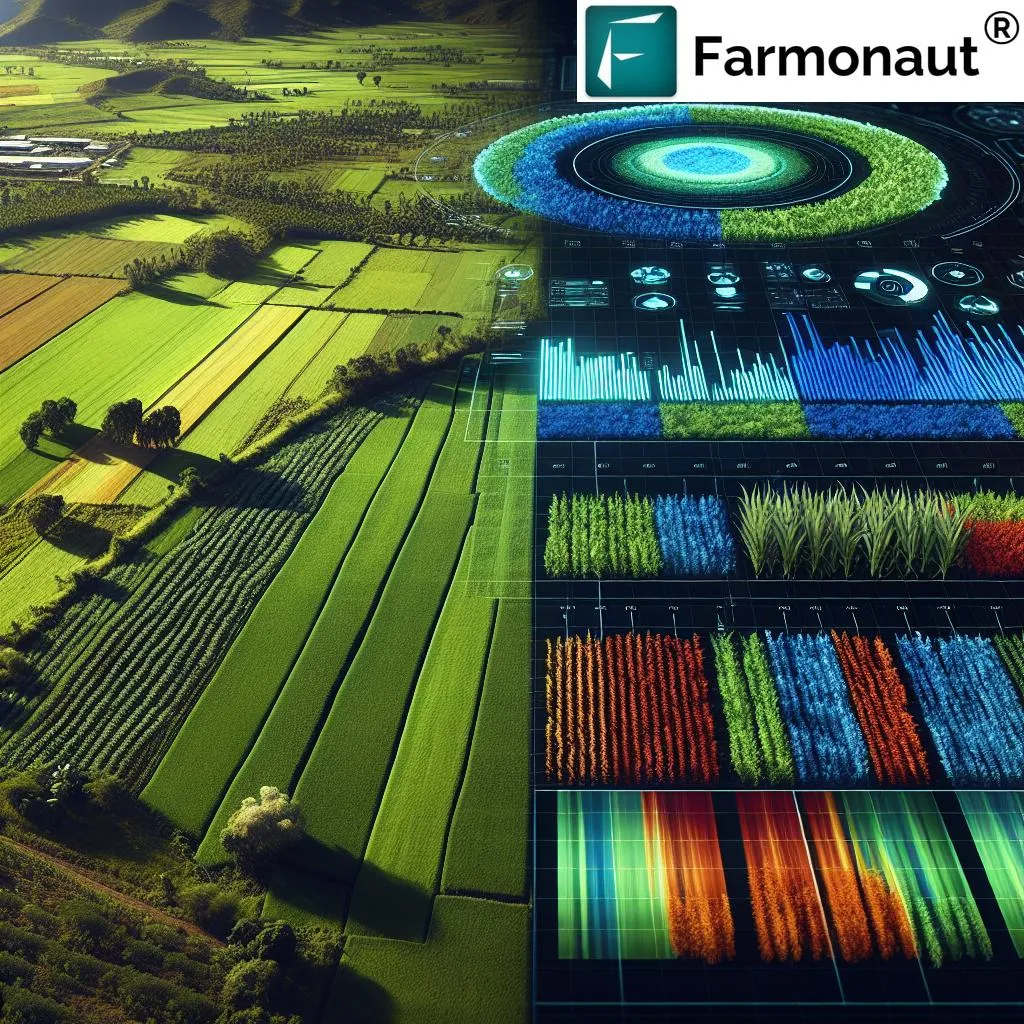In a significant stride towards enhancing the interoperability of hyperspectral data, researchers have successfully cross-validated surface reflectance measurements between two advanced satellite missions: the German EnMAP and the Chinese GF5-02 Advanced Hyperspectral Imager (AHSI). This study, published in the journal *Remote Sensing*, opens new avenues for environmental monitoring, precision agriculture, and geological exploration by demonstrating the compatibility of data from different hyperspectral sensors.
The research, led by Shuhan Liu from the Land Satellite Remote Sensing Application Center, Ministry of Natural Resources in Beijing, focused on four diverse land cover types: minerals in the East Tianshan Mountains, tropical grasslands in Hainan Danzhou, desert in Dunhuang, and inland salt lakes in Qinghai. By using EnMAP Level-2A products as a reference, the team evaluated the reflectance data from GF5-02 using spectral angle (SA), root mean squared error (RMSE), relative RMSE (RRMSE), and correlation coefficient (R).
The findings revealed a strong consistency between the two sensors across high- and medium-reflectance surfaces, with correlation coefficients exceeding 0.96 and spectral angles below 0.08 radians. “This level of agreement is crucial for applications requiring precise and reliable data, such as precision agriculture and environmental monitoring,” noted Liu. However, the study also identified larger discrepancies in water bodies, with a correlation coefficient of 0.82 and a spectral angle of 0.34 radians, likely due to differences in atmospheric correction and sensor response.
The implications for the agriculture sector are substantial. Hyperspectral data is instrumental in precision agriculture, enabling farmers to monitor crop health, optimize irrigation, and apply fertilizers more efficiently. The cross-validation of GF5-02 and EnMAP data ensures that farmers and agronomists can rely on consistent and accurate information, regardless of the sensor source. This interoperability can lead to more informed decision-making, ultimately improving crop yields and sustainability.
Moreover, the study’s ground validation in the East Tianshan region confirmed the reliability and stability of GF5-02 data, further bolstering confidence in its applications. “The consistency we observed across different land cover types is a testament to the robustness of the GF5-02 sensor,” said Liu. “This paves the way for more integrated and comprehensive environmental monitoring strategies.”
As the field of remote sensing continues to evolve, the ability to cross-validate data from different sensors will be increasingly important. This research not only highlights the potential for enhanced collaboration between international space agencies but also sets a precedent for future studies aiming to harmonize multi-source hyperspectral data. With further improvements, particularly for low-reflectance environments, the agricultural sector can look forward to even more precise and actionable insights, driving innovation and efficiency in farming practices.
The study, led by Shuhan Liu from the Land Satellite Remote Sensing Application Center, Ministry of Natural Resources in Beijing, was published in the journal *Remote Sensing*, underscoring the growing importance of international collaboration in advancing remote sensing technologies.

